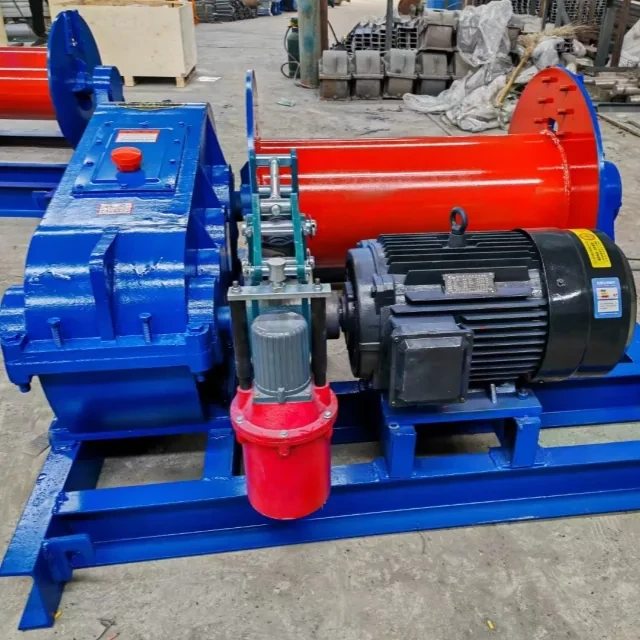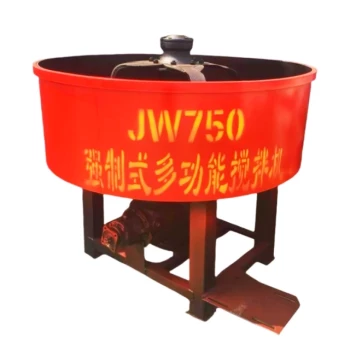Introduction
Reducer failures can bring heavy machinery to a standstill, costing thousands in downtime and repairs. This guide cuts through the complexity with actionable strategies to spot early warning signs, address root causes, and implement preventive maintenance—keeping your equipment running smoothly. Whether you manage winches or construction machinery, these insights apply directly to operational reliability.
Identifying Reducer Abnormalities
Early Warning Signs: Noise, Vibration, and Pitting
Reducers rarely fail without warning. Listen for these telltale indicators:
- Unusual noises: Grinding or knocking sounds often signal worn gears or bearing issues.
- Excessive vibration: Misalignment or imbalance typically manifests as irregular shaking.
- Pitting on gears: Small surface cracks or metal flakes in lubricant point to fatigue or contamination.
Ever wondered how a seemingly minor noise escalates into catastrophic failure? Left unchecked, these symptoms accelerate wear, leading to irreversible damage.
Diagnostic Methods for Severity Assessment
- Vibration analysis: Use handheld meters to quantify vibration levels; compare against baseline readings.
- Thermal imaging: Overheating components (10–15°C above ambient) often precede failures.
- Oil analysis: Check for metal particles or degraded viscosity—a clear sign lubrication is failing.
Addressing Root Causes of Reducer Failures
Common Mechanical and Operational Culprits
- Overloading: Exceeding torque ratings strains gears—common in winches hauling unbalanced loads.
- Improper installation: 80% of premature failures trace back to misaligned couplings or incorrect mounting.
- Contaminants: Dust or moisture ingress accelerates wear, especially in construction environments.
Lubrication Degradation and Alignment Issues
- Lubrication breakdown: Heat and oxidation thin oils, reducing protection. Replace lubricant every 1,000 operational hours or per manufacturer guidelines.
- Shaft misalignment: Even 0.1mm deviation can shorten reducer lifespan by 30%. Laser alignment tools ensure precision.
Think of a reducer like a heart—poor "circulation" (lubrication) or "arterial blockages" (misalignment) lead to system-wide collapse.
Building a Preventive Maintenance Framework
Step-by-Step Inspection Protocols
-
Monthly checks:
- Inspect seals for leaks.
- Record vibration and temperature readings.
-
Quarterly tasks:
- Drain and replace lubricant.
- Tighten mounting bolts to specified torque.
Best Practices for Extending Reducer Lifespan
- Use high-quality lubricants: Opt for synthetic oils in high-temperature applications.
- Train operators: Teach teams to recognize early symptoms (e.g., unusual sounds during winch operation).
- Partner with reliable brands: Equipment like Garlway’s winches integrate robust reducer designs, but maintenance remains key.
Conclusion
Reducer reliability hinges on proactive care—catching issues early, addressing root causes, and adhering to disciplined maintenance. Implement these strategies to avoid unplanned downtime and extend the life of your machinery.
Actionable Next Steps
- Schedule a vibration analysis for critical reducers this month.
- Review lubrication schedules against current operational hours.
- Train staff on diagnostic protocols to empower frontline problem-solving.
Related Products
- Ready Mixer Machine for Construction Ready Mix Machinery
- Portable Electric Small Cement Mixer Concrete Machine
- HZS25 Best Cement Mixer for Quick Mix Concrete at Bunnings
- Concrete Cement Mixer Machine Drum Mixer for Construction
- Construction Products Concrete Plant Machine Mixing Concrete Mixer
Related Articles
- How to Maintain Hydraulic Systems in Concrete Mixers: A Safety-Focused Guide
- Optimizing Concrete Mixer Safety: How Proactive Tire and Suspension Maintenance Prevents Catastrophic Failures
- How to Classify and Resolve Concrete Mixer Hazards with Compliance
- How to Master Concrete Mixer Operation: Training, Certification, and Safety Protocols
- How to Choose the Right Concrete Type for Every Construction Challenge















